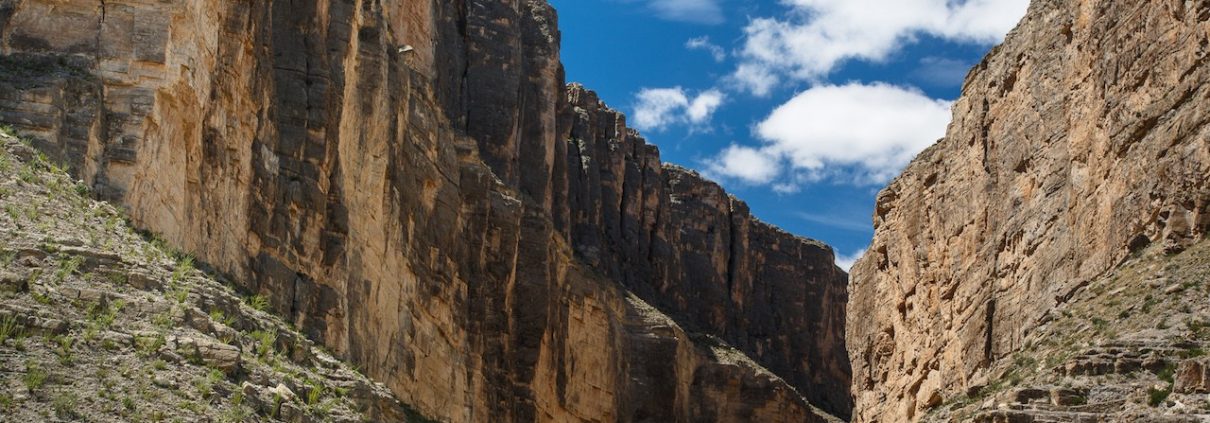Go Explore: Big Bend National Park
If you can’t tell already, we’ve been really into solo camping lately. Heading outdoors solo inspires confidence, but it can also be challenging. We’ve rounded up our recommendations for the best places to venture alone while exploring Big Bend, where you’ll be able to experience fantastic scenery but still enjoy the support needed while camping alone.
WHERE TO GO
The great state of Texas is known for a lot of things—ten-gallon hats, the Cowboys, and George Strait’s exes are just a few. One of our favorite things on that list is Big Bend National Park, an 800,000-acre national park containing three distinct ecosystems: river, desert, and mountains.
Big Bend National Park encompasses the largest protected area of the Chihuahuan Desert in the United States. The Rio Grande Wild and Scenic River mark its southern border, and it’s the only park in the United States that contains a complete mountain range – the Chisos. Despite being one of the country’s largest outdoor parks, it has a small annual visitation relative to its size, which is one of its significant appeals— it offers great solitude, and peace and quiet in a beautiful natural surrounding.
WHAT TO EXPLORE
Desert, Mountain & River Hikes
With its more than 150 miles of trails for day hikes or backpacking trips, Big Bend is a hiker’s paradise that contains the most massive expanse of roadless public lands in Texas. Elevations range from 1,800 feet along the Rio Grande to 7,832 feet on Emory Peak in the Chisos Mountains.
The Lost Mine Trail is one of our favorite hiking trails thanks to the sweeping panoramic views. Five-miles round-trip, this trail is relatively easy compared with many other hikes in the park. We recommend packing some hiking shoes for the last quarter of a mile and snacks to enjoy at the top.
Wildlife Diversity
Big Bend is famous for its natural resources and spectacular geology. The park’s diverse array of habitats support more than 1,200 species of plants (including some 60 cacti species), 11 species of amphibians, 56 species of reptiles, 40 species of fish, 75 species of mammals, 450 species of birds, and about 3,600 species of insects. The park boasts more types of birds, bats, and cacti than any other national park in the United States.
WHERE TO SET UP CAMP
Big Bend is famous for its natural resources and spectacular geology. The park’s diverse array of habitats support more than 1,200 species of plants (including some 60 cacti species), 11 species of amphibians, 56 species of reptiles, 40 species of fish, 75 species of mammals, 450 species of birds, and about 3,600 species of insects. The park boasts more types of birds, bats, and cacti than any other national park in the United States.
Chisos Basin Campground
At 5,400-feet elevation and surrounded by tall, rocky cliffs, the Chisos Basin Campground is conveniently located near some of the park’s most spectacular and accessible trails. The camp, snuggled in a bowl-shaped valley surrounded by hills, serves as a hub for hikers to head into the nearby mountains. Campers suffering from the hot, humid Texas heat will find relief in Chisos Basin, which has plenty of shade and typically stays colder than other parts of the park. The campground’s 60 sites are open year-round and feature running water, flush toilets, grills, picnic tables, and dump station. Trailers over 20′ and RV’s over 24′ are not recommended due to narrow, winding road to the Basin and small campsites at this campground.

